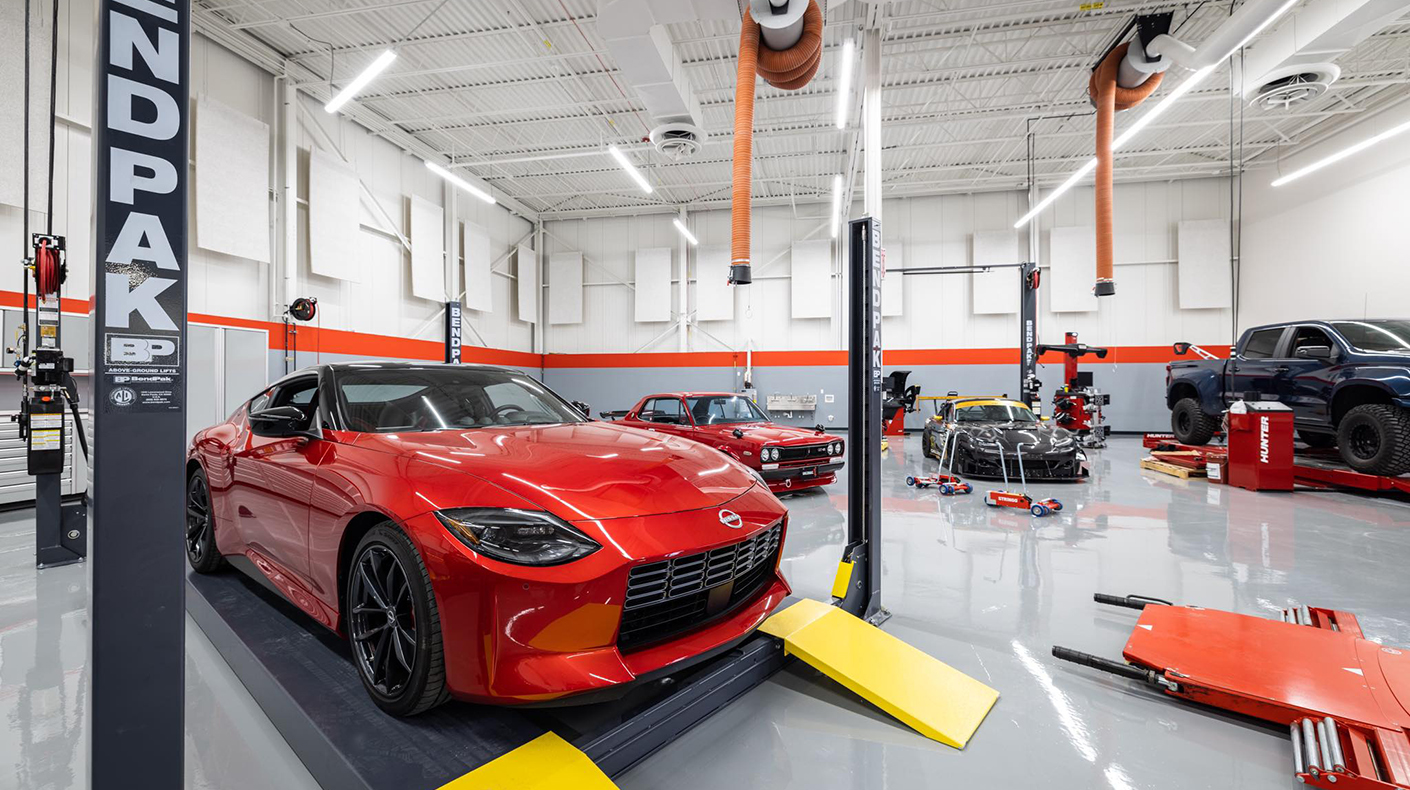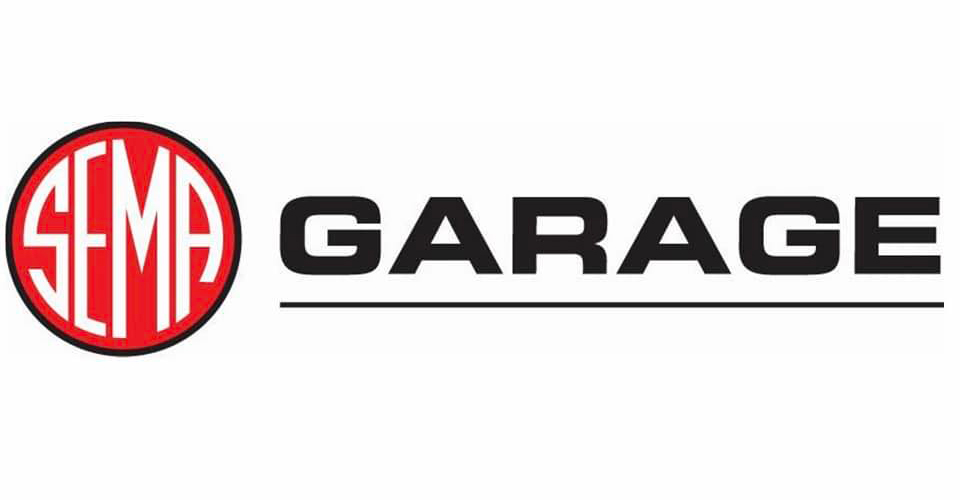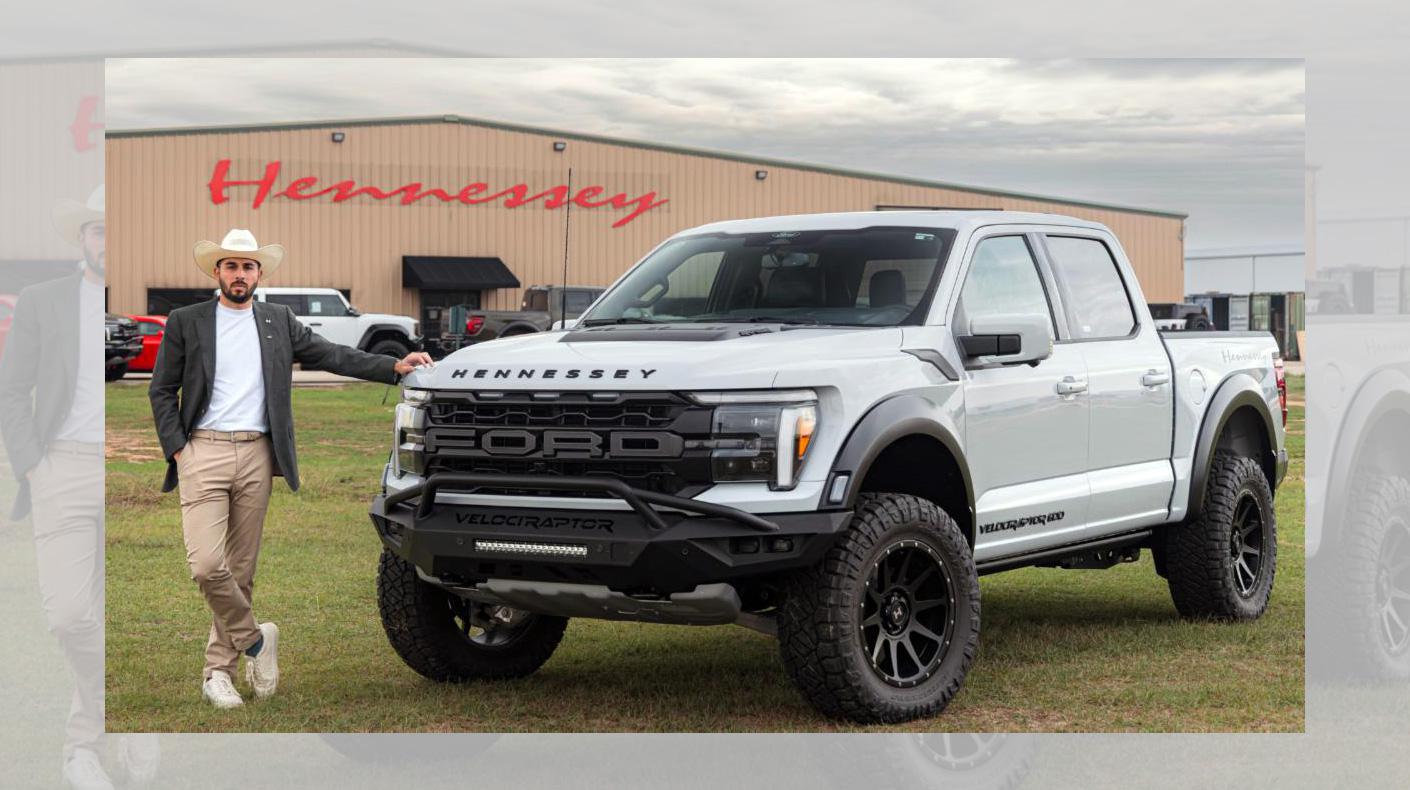By Ellen McKoy

Aware of the need to provide aftermarket manufacturers with resources to fast-track the design and development of new products, the Auto Club of Southern California joined forces with SEMA under a 10-year lease agreement to establish the SEMA Garage. The facility opened in Diamond Bar in 2003--the first-ever industry test lab to offer an affordable way to achieve emissions certification through a CARB Executive Order (EO).
 To help facilitate the certification process, SEMA initially created the "Black Book," a printed guidebook now known today as "The SEMA Emissions Compliance Handbook" and available in a digital format. Other services were later added, including OEM-hosted measuring sessions and an early blueprint version of Tech Transfer.
To help facilitate the certification process, SEMA initially created the "Black Book," a printed guidebook now known today as "The SEMA Emissions Compliance Handbook" and available in a digital format. Other services were later added, including OEM-hosted measuring sessions and an early blueprint version of Tech Transfer.
Flash forward to 2013. The Garage underwent a mega makeover, investing in OEM-quality tools and equipment. With the addition of the state-of-the-art Garage in Detroit in 2022, the two facilities offer an extensive suite of services for members across the nation.
For companies like Magnuson Superchargers, which produces kits for aftermarket and OEM applications, the Garages are a valued resource. "Jerry Magnuson always had EOs, from the very beginning," noted CEO Kim Pendergast. "It wasn't just because the company is based in California and has to comply with CARB. He believed in it and knew that someday everybody would have to do it and we'd already have the skill set.
"So even though we have the internal skill to do (emissions testing), we choose to outsource to the Detroit Garage and through Diamond Bar. Having that third-party support is invaluable."
Cultivating Value
Developing an emissions-compliant supercharger system involves extensive R&D and testing. Which is where third-party support becomes paramount.
Measuring sessions, for instance, afford Magnuson the chance to gain timely access to new-model vehicles they might otherwise have to purchase, said Pendergast. Through Tech Transfer, Magnuson utilizes access to OEM CAD data and 3D scans to help design and develop new products.
The dual SEMA Garage Emissions Compliance Centers play a central role by providing the required lab testing and compliance verification. Through these processes, Magnuson has secured at least a dozen CARB EOs, plus three emission certifications to ensure their products are EPA compliant.
From Pendergast's perspective, engagement with the Garages has not only helped Magnuson bring products from concept to reality. Importantly, the interactions provide touchpoints that strengthen the relationship.
"Having third-party support means that everything is on the continuum. If somebody were to leave, it wouldn't matter, because the Garage has our data, knows everything we've done, and keeps track of new things happening in the industry, and as they evolve their skills and knowledge, we benefit from that.
"There's Tech Transfer, the EOs and other valuable services they provide, but because of the intensity of the interaction, it creates another level of value. As you develop touchpoints at SEMA, they learn more about your company and you become more aware of the direction of the industry. And those touchpoints help your company do a better job."
Given SEMA's stature, Pendergast believes the organization is well positioned to help members' businesses succeed, be it through strategic relationships with OEMs, addressing ADAS technology challenges or other industry-centric issues.
"The value [goes beyond] EOs and Tech Transfer. The value is that SEMA is working with the OEMs (on) Tech Transfer in a way that works for everyone; [it] isn't just that SEMA provides ADAS services. The value lies in the investment in our future, to get ahead of the regulations and not come in from behind.
"Everybody uses SEMA differently because we all have different needs," continued Pendergast, "but there are so many facets that [people] might not realize how many things are available. They think oh, it's a trade show. Yes, that's one of the things and it's what allows SEMA to do many other things to help members in areas where SEMA is uniquely positioned to provide a service and invest in the industry.
"The point is there are things that SEMA can do more efficiently and effectively because of who SEMA is and because of the members. Who else besides SEMA could go to the EPA and create a trusted emissions certification process? There's something about it being SEMA that allows these things to happen and that probably wouldn't happen any other way."





